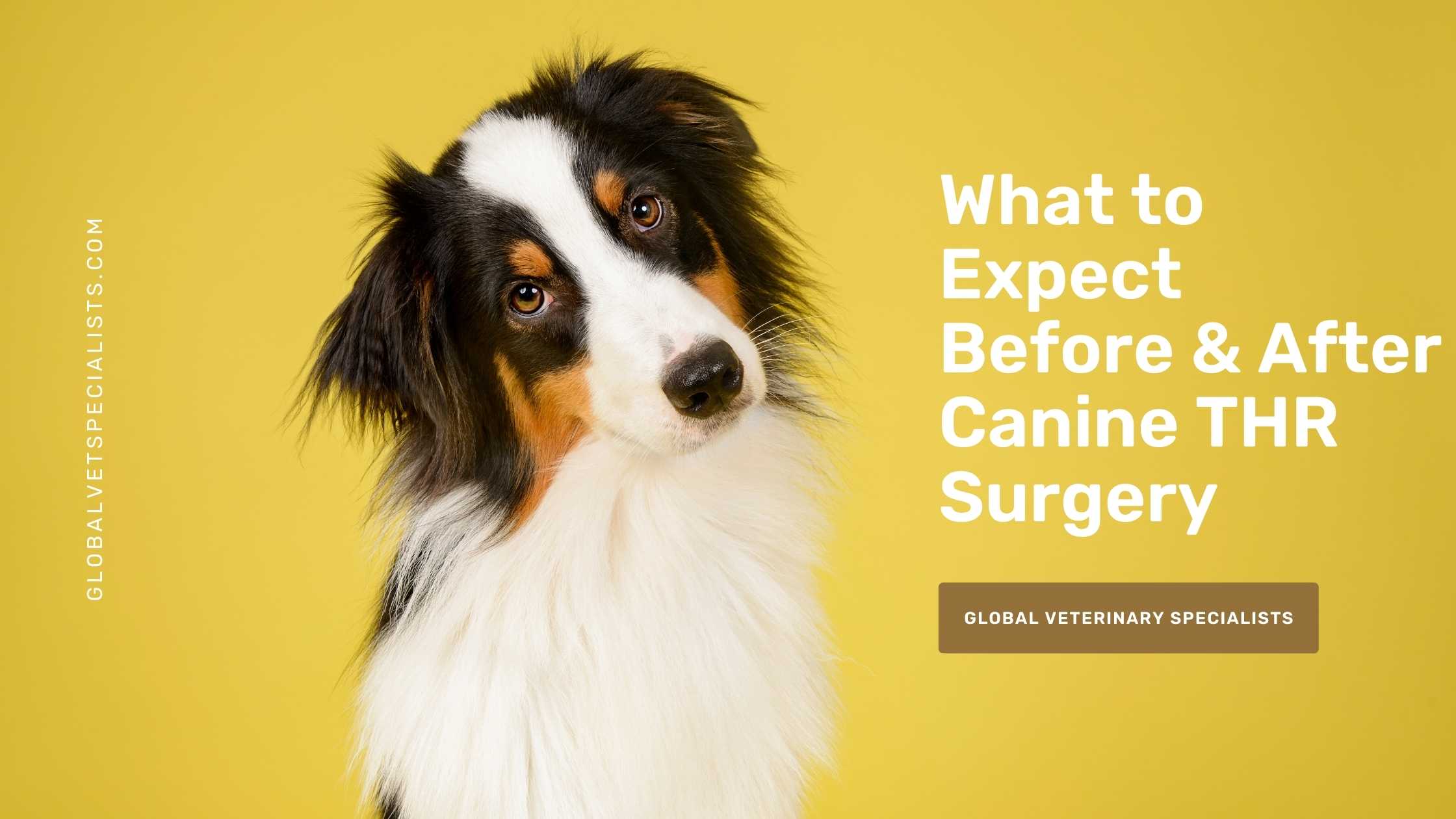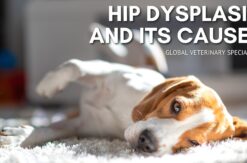The objective of canine total hip replacement (THR) is to establish a pain-free joint with normal biomechanical function in medium, large, and giant breed dogs. When highly qualified surgeons perform this procedure, all potential risks are minimized, ensuring your pet’s complete recovery. To determine if your pet is a suitable candidate for total hip replacement, please discuss their specific problem and all available options with your veterinarian.
Global Veterinary Specialists is staffed by an exceptional team of highly qualified board-certified veterinary surgeons with extensive experience performing total hip replacement (THR) procedures. All the surgeons are dedicated to using their expertise to improve patient care and expand the knowledge of veterinary joint replacement surgery worldwide. Create a life without limitations for your pet by contacting us today to learn more about the available treatment options.
What Happens Before Surgery?
After you’ve scheduled surgery, presurgical planning will be completed to determine implant sizes using digital radiography and rule out infections through lab work. The latter is ideal for ensuring there are no underlying problems that could complicate surgery, prolong recovery, or impact a successful THR outcome. Preoperative bathing, care, and limitation instructions are also provided during this appointment.
On the day of surgery – usually in the early morning – your dog will be admitted to the surgical facility. This facility adheres to the same standards established for human operating rooms, containing various sterilized instruments to be used by the surgical team, most notably the board-certified veterinary surgeon throughout the procedure.
During the THR procedure, a board-certified veterinary surgeon will remove the acetabulum, femoral stem, and femoral head. Those three components will be replaced with artificial ones that are constructed of titanium and cobalt chrome. These are expected to last for the life of the patient, regardless of at what age they receive the implants. Whether cemented or cementless, the implants help to reduce pain and improve function.
Cementless vs. Cemented
Also called press-fit, cementless implants manufactured by BioMedtrix are referred to as a biological fixation (BFX) system. These implants are preferred for medium and large dogs because they eliminate the need for bone cement; therefore, they substantially upgrade from previous techniques. In addition, these offer immediate stabilization, which increasingly becomes more stable as the bone grows into the implant, a process called osteointegration during the first few weeks following surgery.
Also manufactured by BioMedtrix, cemented implants are the cement fixation (CFX) system used in cats and dogs, usually those weighing less than 25 pounds.
The availability of both cementless and cemented implants provides your board-certified veterinary surgeon with excellent versatility to customize them to the unique needs of each companion animal. The surgeons at Global Veterinary Specialists have experience using both techniques, which is advantageous since it allows for hybrid implementation. Using this technology, cemented and cementless implants can be used on either the femoral stem or cup, depending on factors such as the animal’s size and condition’s severity. The surgeon will discuss this with you before surgery.
What to Expect After Surgery?
Skilled veterinarian technicians provide twenty-four-hour patient care during the mandatory postoperative hospitalization period. These technicians are well informed about the specific needs of each animal undergoing a total hip replacement procedure.
Once at home, your pet must be confined to an area with limited space and good traction and on a leash when outdoors for about five to six weeks following surgery. They should not be allowed to run, jump, play, or climb during recuperation. A walking assist sling helps keep control of dogs during the postoperative period.
Shortly after that, follow-up radiographs are evaluated and a rehabilitation program ordered, assuming the incision has healed. The rehabilitation program is specifically designed for each dog, with time, duration, and distance parameters established each day.
Canine total hip replacement is the gold-standard surgical treatment for dogs with moderate to severe hip dysplasia. This means that it is the most effective, permanent and successful treatment available that restores a healthy and happy life for the dog. In addition, THR is not limited to dogs, as it has been successfully performed on cats.



